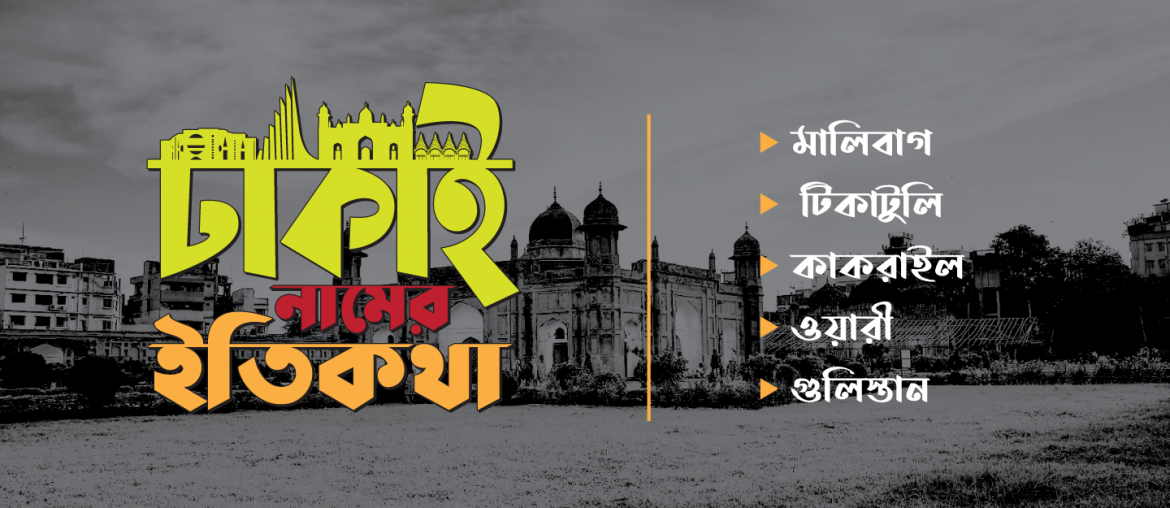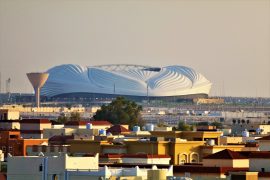Never has it been so intriguing to investigate the reasons behind the naming of different parts of Dhaka. Almost all of the areas have untold stories behind their names. In the first part of this series, we uncovered the mysteries behind the names of areas like Gendaria, Shahbag, and Dhanmondi. In the second part, we discussed how Farmgate, Asadgate, Pilkhana, and Bhuter Goli got their name. Today, in the final part of this series, we will find out the origins of the names Malibagh, Kakrail, Wari, and Gulistan.
Malibagh
Where the gardeners of the city lived
Arambagh, Rajarbagh, Segunbagicha, Shahbagh, Pirerbagh; you can tell just by their names (Because these names have ‘bagh’ or ‘bagicha’ in their names (which refers to flower) that once there was no shortage of gardens in Dhaka. For the rich, gardening was a way of exhibiting their wealth and many homes had gardens at the time. Originally, wealthy people used gardening for the purpose of beautification. For that reason, the primitive city of Dhaka was literally a ‘city of the gardens’ in the past.
Professionals from demandable occupations are always valuable. This is why there was a huge demand for gardeners in the past. Not only did they take care of the garden, but they also provided flowers for various needs. And the area where these gardeners prospered at the time, was eventually named Malibagh. Where ‘Mali’ means gardener. Today, gardeners are not that common and they don’t flood the area anymore. But Malibagh still retains all its memories.
Tikatuli
From the ‘Tikia’ of hookah to Tikatuli
Kagaji Tola, Pani Tola or Sukka Tuli; you will see ‘Tola’ or ‘Tuli’ at the end of the names of different areas of Dhaka. Basically, if a bunch of people from the same profession started living in a particular area, the suffix ‘Tola’ or ‘Tuli’ had to have been added at the end of their profession to give the area its name.
One of the greatest qualities of Dhakaiya people was their ability to take an ordinary object and make that extraordinary. The name Tikatuli also came from a very ordinary object.
The Portuguese were the first to introduce tobacco leaves to the people of the Indian subcontinent. From that time, no matter where we stand in the periodical timeline, the value of tobacco has always been high. In the past, hookah was very popular for smoking tobacco leaves. After arranging the tobacco leaves on the hookah, a tool known as ‘Tikia’ was used to ignite the fire. Spherically shaped, the ‘Tikia’ was made from coal powder. And eventually, according to the ‘Tola-Tuli’ theory, the area where the craftsmen lived was named Tikatuli.
Kakrail
The area of Mr. Cockerell
In Bengali, Kakra means crab. So if you think Kakrail has something to do with crab, you would not be alone, but would definitely be far from the truth. Because there is no relationship between Kakrail and crab.
Kakrail is rather one of those areas which have witnessed the two hundred years of the British ruling period.
At the end of the 19th century, there was a British commissioner in Dhaka named Cockerell. According to professor Muntasir Maun, since the names of Diplomats were often used to name the roads of Dhaka, it was possible that Kakrail was also named after Commissioner Cockerell. Then over time, the name became corrupted where Cockerell became Kakrail.
Wari
Wari was named after Mr. Ware
A token of the British ruling period can be seen through the naming of Wari.
After the unplanned settling of Chawkbazar, Banglabazar, and Nawabpur of old-Dhaka, an initiative was taken to construct a properly planned residential area at the end of the British ruling period. For that purpose, a plan was taken to construct a city centering the forested area. In 1884, the name of the district collector was Fredrick Ware. Basically, he was the one who divided the area into different parts for infrastructural development. Later, the area was presumably named after the very same Mr. Fredrick Ware.
Gulistan
Named after a movie theater
There is hardly anyone who doesn’t know Gulistan. However, the name Gulistan doesn’t exist in the Dhaka city corporation holdings list. Because the name of this place is registered as Bangabandhu Avenue. Then how did the name of Gulistan came into being?
Actually, Gulstan was the name of a movie theater. It was established in 1953 at the north of Fulbaria railway station and just next to the Dhaka Sports Auditorium and Paltan field. At that time, Khan Bahadur Fazal Ahmed Doshani was a movie trader from Kolkata. During the time of the country’s division, he moved to Dhaka. The theater was then built under his influence.
This was the country’s first air-conditioned theater and became so popular that people started calling the area after the name of the theater. After independence in 1971, Doshani migrated to Pakistan. As a result, his personal property became abundant and later was handed over to the Freedom Fighter Welfare Trust.
Before the End
There are a handful of areas of which the history behind their names can be 100% confirmed. To get that right, a lot needs to be considered, like analyzing the reason behind naming, local stories and using your understandings.
That is why we collect information from the books of respected authors and credible sources from everywhere possible. For example, Muntasir Mamun’s book named “স্মৃতি-বিস্মৃতির নগরী” is very informative.
This was our third and final journey to find out the history behind the names of different parts of Dhaka city. If you know different reasons or there is any new information about the naming schemes of areas, don’t forget to let us know in the comments section below. We would very much appreciate your help.




